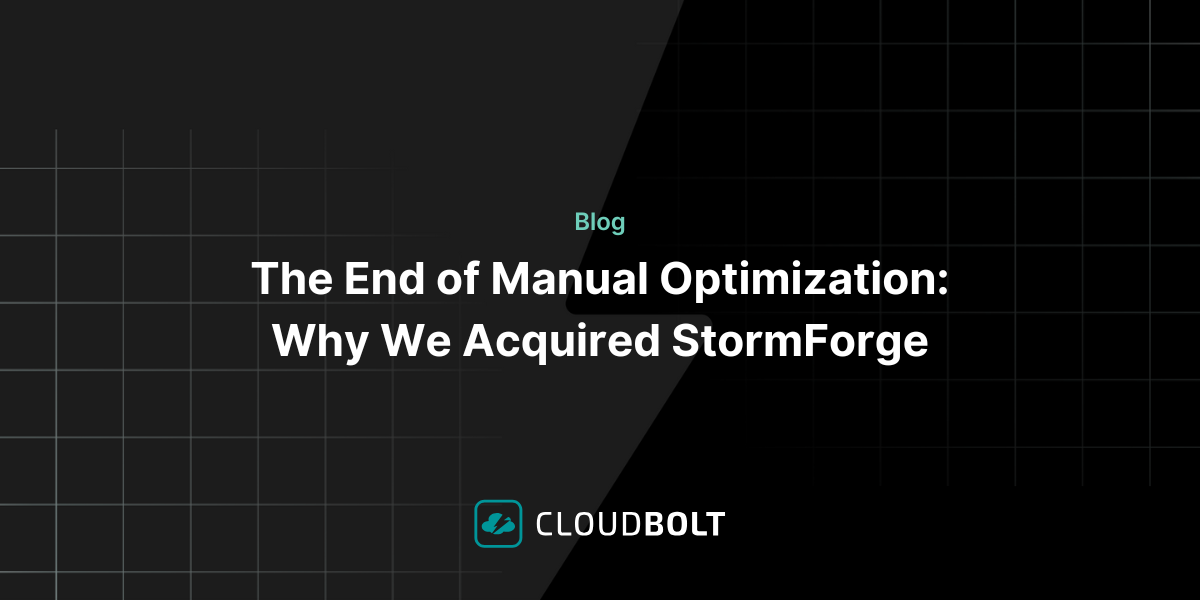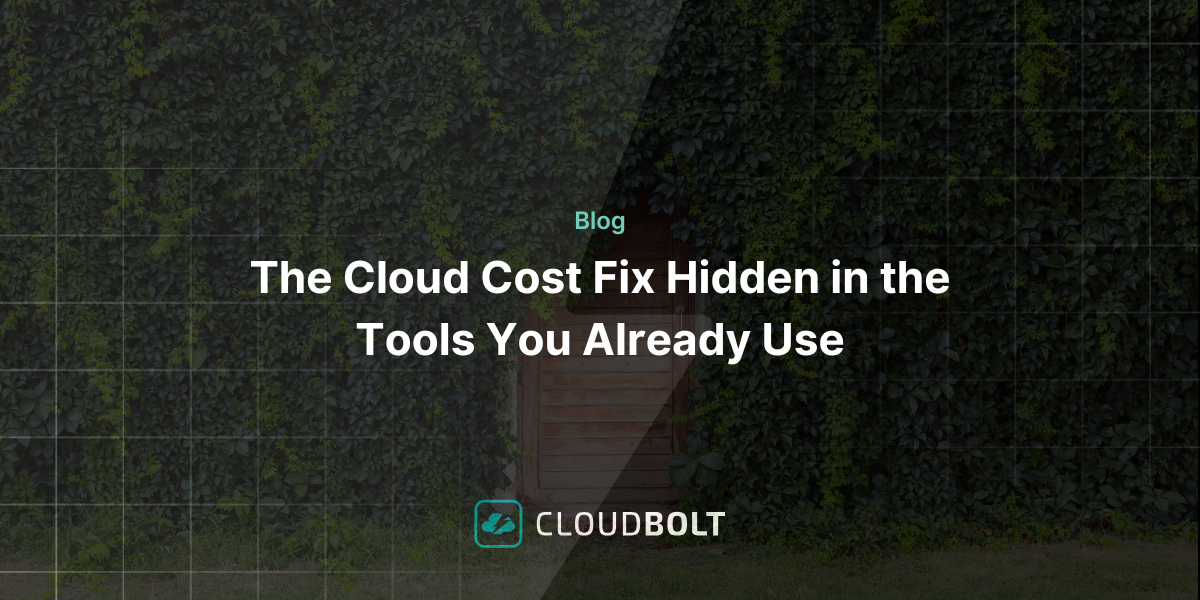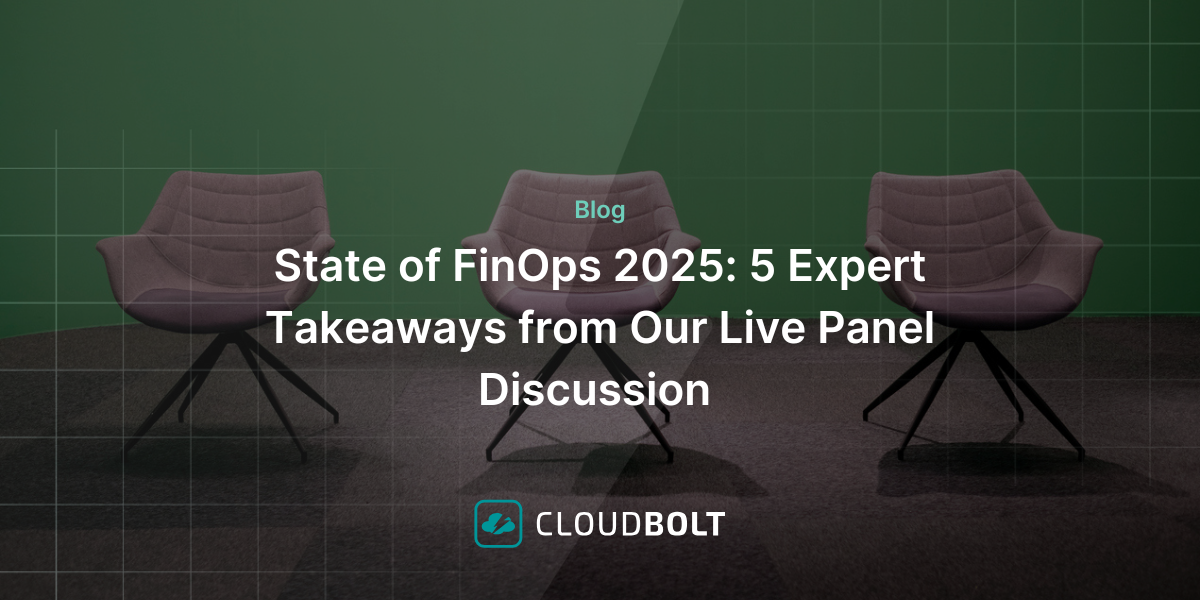VMware vRealize Automation Crash Course
VMware vRealize Automation, currently at version 8.6, is part of VMware’s vRealize Suite. The vRealize Suite includes a variety of software solutions aimed at operations, automation, orchestration, and cloud.
It’s no secret that eliminating complex manual processes reduces tech debt, decreases the likelihood of human error, and improves IT efficiency. However, when it comes to building private cloud solutions and integrating public and private cloud platforms the level of customization and complexity required often leads to IT using manual processes they’d prefer to avoid.
A Crash Course in vRA
In VMware environments, vRealize Automation (vRA) infrastructure automation helps solve this problem. In this article, to help you get the most out of this automation tool, we’ll review the platform in-depth, explore what’s changed in vRA 8, and walk through the deployment process so you can get hands-on with vRA.
vRA also provides mechanisms for extensibility and integration into and between third-party infrastructure and application management tools and public cloud platforms such as AWS and Azure.
The different vRA capabilities can be categorized as Infrastructure as a Service (IaaS), IT as a Service (ITaaS), and Anything as a Service (XaaS).
Reducing complexity with vRA 8 Architecture
VMware recognized that vRA’s complexity needed to be addressed, and they did just that with vRA 8.
In many ways, vRA 8 is a different product operating under the same name. Legacy code is gone and the architecture and APIs have undergone a complete overhaul. For example, there are no more Windows Operating system dependencies, freeing up license costs and avoiding vendor lock-in. Additionally, the new architecture is streamlined and consists of far fewer components.
vRA 8 is containerized
To provide high availability while maintaining simplicity, VMware containerized the various vRealize Automation services. Docker is used to physically run the services as containers via Helm, while a special self-deployed and self-managed distribution of Kubernetes orchestrates and provides service availability and accessibility.
Get the full crash court on vRA, including a brief history of the offering, best practices, common misconceptions, and a configuration walkthrough in this article that’s part of our Complete Guide to VMware Administration.
Discover how we can help you make the most of your VMware environment. Talk to us today.
Related Blogs

The End of Manual Optimization: Why We Acquired StormForge
Today is a big day for CloudBolt—we’ve officially announced our acquisition of StormForge. This marks a major milestone for us…

